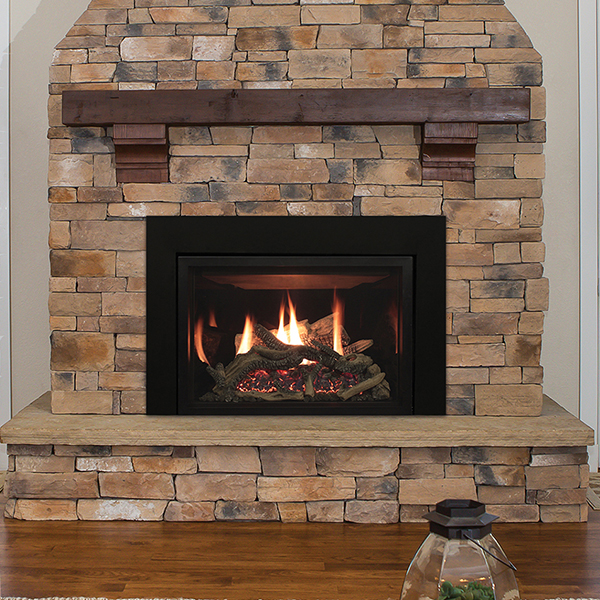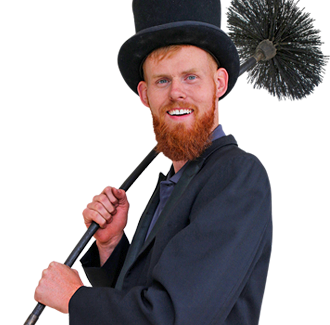Safety Measures for the Type of Fireplace You Have
 While all types of fireplaces and related home-heating equipment serve the purposes of warmth and décor-enhancement, not all of these units are the same when it comes to safety and maintenance. Here are a few tips on taking care of traditional fireplaces, zero-clearance fireplaces, fireplace inserts and gas log sets.
While all types of fireplaces and related home-heating equipment serve the purposes of warmth and décor-enhancement, not all of these units are the same when it comes to safety and maintenance. Here are a few tips on taking care of traditional fireplaces, zero-clearance fireplaces, fireplace inserts and gas log sets.
Masonry fireplace
Traditional, open fireplaces (masonry fireplaces) typically burn wood and for this reason have specific safety concerns.
The primary concern is keeping the chimney flue clean to prevent build-ups creosote from igniting into a chimney fire.
Certified chimney sweeps use a variety of tools and equipment to remove creosote from chimneys and also remove things like bird nests and tree debris that could cause a drafting problem. Fireplaces that don’t draft well can send smoke and dangerous carbon monoxide into the home.
Masonry fireplaces, like all home-heating appliances, also should be inspected once a year so early signs of damage can be repaired quickly.
Zero-clearance gas fireplace safety
Zero-clearance or ZC fireplaces are built in a factory and installed by professional technicians. Gas burns cleaner than wood, so with a gas-driven ZC unit, you won’t need to regularly remove creosote. But you will need to have the appliance inspected once a year to make sure gas connections, burners, valves, blowers and other components are working safely and properly.
Zero-clearance wood fireplace safety
These appliances are essentially the same as their gas counterparts, only because they burn wood, creosote will need to be dealt with. Appearing as a sticky, flakey or solid substance, creosote is responsible for the majority of chimney fires each year in the United States.
Both wood and gas ZC fireplaces come with their own vent pipe, so neither model requires the construction of a chimney. Additionally, both styles are installed in a wall, not within an existing masonry fireplace. To convert your current masonry fireplace, you need either a fireplace insert or a gas log set.
 Fireplace insert
Fireplace insert
Fireplace inserts are like fireplaces in a box. They come from a factory in various sizes and fit directly into the firebox of a traditional wood-burning fireplace. Like ZC fireplaces, inserts are powerfully insulated, making them safe and allowing them to retain and use a large amount of the heat they produce.
You don’t need a chimney to vent a fireplace insert, but the vent pipe that comes with the appliance goes up the existing chimney will need professional service if the insert burns wood.
Both gas and wood inserts require annual inspection by a technician certified by the Chimney Safety Institute of America or comparable organization.
Gas log set safety
Safe and ultra-convenient, gas log sets are hooked up in the firebox of an existing fireplace and produce beautiful flames from very realistic-looking ceramic logs. No creosote or mess of any kind is created, but the logs can become damaged with continued use and gas lines can need adjustment, so annual inspection is recommended.
The key to safety with fireplaces, inserts and log sets is two-fold:
- Have them professionally installed by a technician who understands how they work
- Have them inspected regularly, and make sure to have vent systems connected to wood-burning units cleaned once a year
Hudson Valley Chimney of Poughkeepsie, NY, wants everyone to enjoy their home-heating appliances safely. That’s why we offer a full menu of chimney sweep, chimney inspection and chimney repair services. Call us today at (845) 471-1071 and get your fireplace and chimney safe and in top shape.








